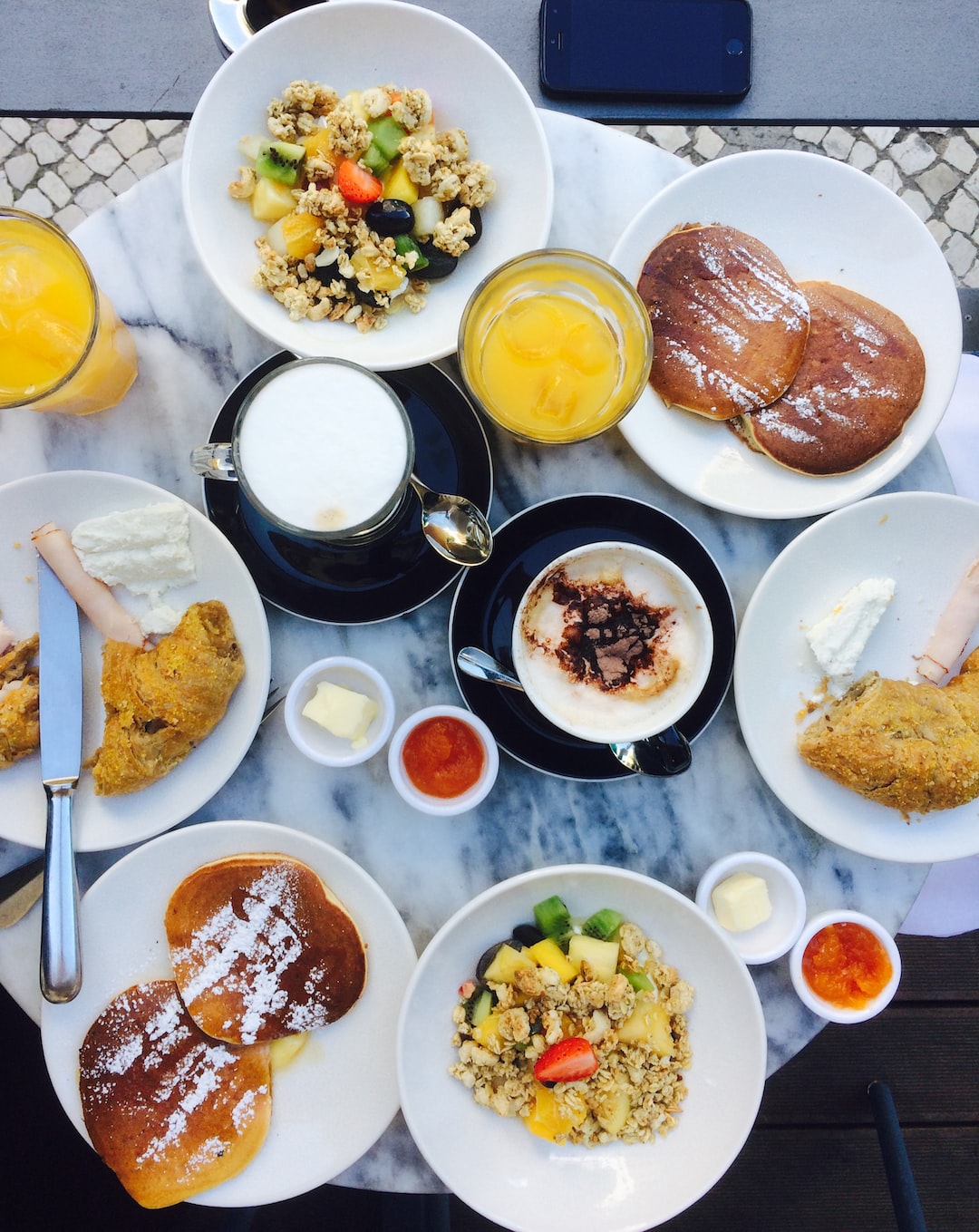The Art of Food Pairing: How to Create Memorable Flavors
Food is not merely consumed to satisfy our hunger; it has evolved into an art form that tantalizes our taste buds and creates memorable culinary experiences. One of the key elements in creating these amazing flavors is the art of food pairing. By combining different ingredients and flavors strategically, chefs and home cooks alike can elevate a simple dish into a masterpiece.
The concept of food pairing dates back centuries, with ancient civilizations experimenting with different ingredient combinations. Today, it has become a science, with professional chefs and food enthusiasts delving deep into the understanding of flavor profiles, textures, and aromas to create perfect harmony on the plate.
The first step in the art of food pairing is to understand the basic principles of flavors. Each ingredient possesses distinct taste characteristics such as sweet, sour, bitter, salty, and umami. Sweetness is derived from sugar, sourness from acids, bitterness from compounds like caffeine, and saltiness from sodium chloride. Umami, often described as a savory or meaty taste, arises from the presence of amino acids in certain foods.
Contrary to popular belief, food pairing is not always about contrasting flavors. While contrasting flavors can create an exciting balance, complementary flavors can also enhance and intensify the overall taste experience. For example, pairing sweet, ripe figs with tangy goat cheese creates a harmonious blend of flavors that elevate both ingredients. Understanding the balance between contrasting and complementary flavors is essential for successful food pairing.
Texture is another important factor to consider when pairing ingredients. Combining contrasting textures can create a sensory explosion. Think of the contrast between a crunchy crust and a creamy filling in a pie or the combination of crispy bacon with smooth avocado in a sandwich. Pairing ingredients with different textures helps to create a more dynamic culinary experience.
Aromatic compounds play a vital role in the art of food pairing. Aroma can significantly impact how we perceive taste. The olfactory system is responsible for our ability to detect smells, and when combined with taste buds, it enhances the overall flavor experience. Aromatic compounds can be found in various ingredients such as herbs, spices, and certain fruits and vegetables. Pairing ingredients based on their shared aromas can create a cohesive and memorable flavor combination. For instance, the earthy aroma of thyme complements roasted root vegetables, enhancing their overall taste.
Another aspect to consider while exploring food pairing is the concept of regional and cultural combinations. Different cuisines around the world have developed their own unique pairings, often based on traditional and cultural practices. For example, the combination of tomato and basil is a classic pairing in Italian cuisine, while ginger and garlic are often paired in Asian cooking. Experimenting with these regional combinations can add depth and complexity to your culinary creations.
Finally, when it comes to food pairing, don’t be afraid to think outside the box and let your creativity shine. Some of the most memorable flavor combinations have been created through unconventional pairings. Chefs like Ferran Adrià, known for molecular gastronomy, have pushed the boundaries of traditional food pairing. By combining unexpected ingredients such as chocolate and caviar, Adrià has created unique and unforgettable dining experiences.
In conclusion, the art of food pairing is a skill that can transform a simple meal into a symphony of flavors. By understanding the principles of taste, balance, texture, and aroma, one can create memorable culinary experiences. Whether you are an aspiring chef or a passionate home cook, exploring the art of food pairing can elevate your cooking to new heights and awaken your taste buds to a world of endless possibilities. So, next time you step into the kitchen, embrace the artistry of food pairing and let your imagination guide you towards creating exceptional flavor combinations.

